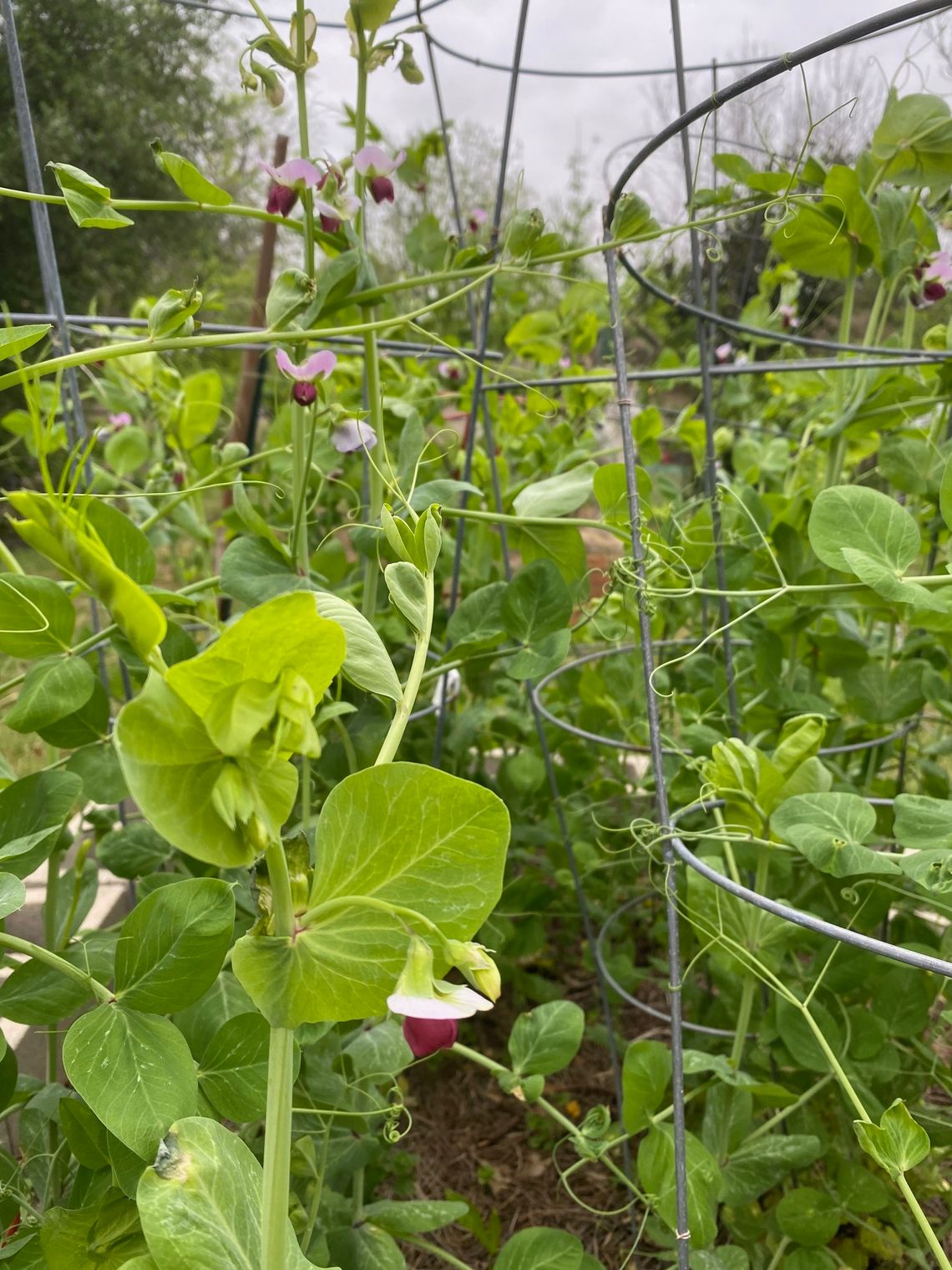Winter time in central Texas doesn’t exactly invoke mental images of lush, green gardens or fresh produce straight from the garden, but if you are wanting to harvest crops in the spring you need to start now.
Despite the confusing weather and temperatures this time of year, February is an underrated month for gardening. It’s actually one of the very best times to plant a vegetable garden.
Many people are inspired to plant in the springtime when the weather is much more enticing for spending time outdoors. Spring is the perfect time for planting a summer garden for warm season crops. February is a fantastic planting time because we can plant another round of cool season favorites as well as a few special crops, such as artichokes, asparagus, onions and potatoes.
We can sow seeds for Asian greens, beets, carrots, chard, collard greens, kale, kohlrabi, leeks, lettuce, mustard greens, garden peas, radishes, spinach and turnips. We can also transplant broccoli, cabbage and cauliflower seedlings.
We have a small planting window for planting garden peas here in central Texas. If you would like to add peas to your spring garden, plan to get your seeds planted before the end of February.
There are three main types of spring garden peas that we can grow: English, snow and snap. English peas, also called shelling peas, are long and cylindrical. The pods are curved and plump, but tough, fibrous and inedible. The peas inside though are sweet and very nutritious, making them a popular vegetable. Readily available from the freezer section at the grocery store, English peas are even more tasty fresh from the vine.
Snow and snap peas are less common varieties but grow well and comparable in nutrition and taste. Unlike English peas, snow and sugar snap pea pods are edible. Snow peas are thought to have originated in Southwest Asia and are flat and crescent shaped. They are harvested while the peas are small and underdeveloped. They have a tough string that must be removed before eating. They are mild in flavor and can be served raw or cooked, often used whole in stir-fry dishes.
Sugar snap peas plants are a cross between snow peas and shelling peas. They produce lots of tender green, banana shaped pods. Snap pea pods are also edible but sweeter than snow peas. The pods are crispy and have a bit of a crunch. Sugar snap peas do not contain as many individual peas as English peas, but they are very tasty and do not require shelling.
All garden peas grow fairly quickly. Depending on the variety, they mature between 50 and 70 days from planting.
Sugar snap peas are great plants for getting kids interested in gardening. When kids help with the gardening, they are more likely to try a new vegetable. With their quick growth and sweet flavor, sugar snap peas are great crops to introduce to kids. Peas are cool-season vegetables and can tolerate light frost even when they are just baby plants.
Peas are nitrogen-fixing plants. They can take nitrogen from the air and change it into a form that the plants can use for food. Peas and all legumes extract the nitrogen out of the air and work with the soil bacteria and convert nitrogen gas into a form of nitrogen that plants can use. This is great because nitrogen is a key plant nutrient that is responsible for keeping leaves healthy and green.
Since sugar snap pea seeds are fairly large and have a harder seed coat than other types of seeds, it really helps to soak them overnight in water. The dried seeds will swell up after soaking and this is going to help them germinate faster. So do that the day before you plan to put them in your garden.
Peas climb by tendrils, and they will attach to whatever is nearby. You can grow peas along a trellis or fence, but you can also use tomato cages to support the vines. Having an upright support will make it easier to harvest them.
Peas are a bit prone to powdery mildew so a trellis also improves air circulation which helps reduce mildew.
Powdery mildew is unattractive but isn’t harmful to humans. It forms thin layers of white powdery spores and is more prevalent in warm weather. Depending on the conditions, by the time powdery mildew starts to show up, the peas are usually at the end of the growing season. If you start seeing powdery mildew on your leaves, you can just pick off the leaves as you see them.
With 25 years of backyard gardening experience, Julie is a plant and nature enthusiast. She lives in Taylor and hosts the “Plow & Hose Organic Gardening in Central Texas” podcast and radio show that airs on KBSR, Black Sparrow Radio every Saturday and Sunday at 9 a.m.
.png)







